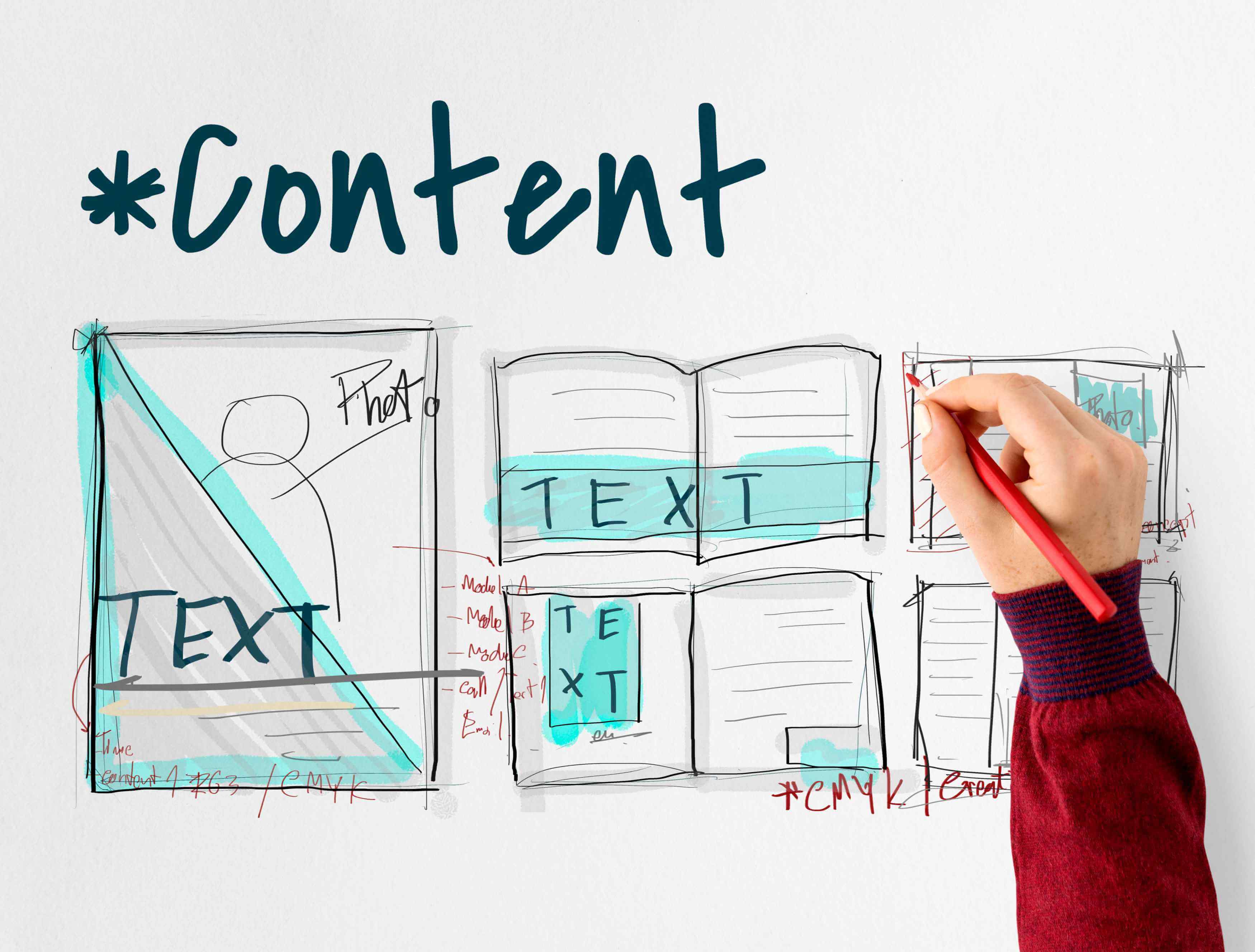The Louis Vuitton logo, first introduced in 1896, is a global symbol of luxury and craftsmanship. This article explores its history, design elements, and how it has evolved while maintaining its iconic status. Discover the significance behind the LV monogram and what makes it a timeless emblem in the world of high fashion.
Key Takeaways
-
The LV logo, introduced by Georges Vuitton in 1896, was designed to establish brand authenticity and exclusivity in the luxury market.
-
Strategic collaborations with contemporary artists have modernized the LV logo and expanded its appeal, while maintaining the integrity of its design.
-
Louis Vuitton invests heavily in anti-counterfeiting measures, highlighting its commitment to brand integrity and the luxury status associated with the LV monogram.
Origins of the Louis Vuitton Logo
The origins of the Louis Vuitton logo can be traced back to the late 19th century, a time when the burgeoning fashion house was already making significant strides in the luxury market. It was Georges Vuitton, the visionary louis son of the founder, who introduced the iconic LV monogram in 1896. This strategic move was not merely an aesthetic choice but a calculated effort to distinguish their high-quality products from the growing tide of counterfeits.
The introduction of the LV logo marked a pivotal moment for the Louis Vuitton brand. Georges Vuitton integrated the company’s initials into the canvas design, creating a distinctive mark that set their offerings apart in a crowded market. This monogram was not just a logo but a symbol of authenticity and exclusivity, ensuring that each piece bearing the LV mark was recognized as a genuine article of luxury.
Georges Vuitton’s foresight in creating such a recognizable and unique logo has had lasting impacts on the brand. The LV monogram quickly became synonymous with the quality and craftsmanship that Louis Vuitton’s products embodied, laying the foundation for the brand’s future success and its enduring legacy in the world of luxury fashion.
Symbolism Behind the LV Monogram

The LV monogram transcends being just a logo; it symbolizes luxury and status, recognized as one of the most prestigious in fashion history. Designed by Georges Vuitton as a tribute to his father’s legacy, the intertwined LV design exudes authenticity and elegance, embodying the brand’s commitment to craftsmanship and luxury.
The monogram’s design elements further enhance its luxurious appeal. The interlocking LVs, often accompanied by floral motifs, represent not just the brand’s initials but also a rich heritage of luxury and exceptional quality. The light-beige or nearly golden hue of the logo adds to its aura of refinement and aligns seamlessly with the brand’s identity. Each element of the LV logo tells a story of tradition and excellence, making it a hallmark of high fashion and sophistication.
Maintaining the monogram’s luxury status is partly due to Louis Vuitton’s premium pricing strategy, avoiding discounts to preserve exclusivity. The brand’s effective use of storytelling also plays a crucial role, creating emotional connections with consumers and making each product part of a larger narrative.
This strategy ensures the LV monogram remains a deeply embedded symbol of the brand’s luxurious identity.
Evolution of the Logo Design
Since its inception, the LV logo has maintained its design integrity, reinforcing its status as a timeless emblem of sophistication. Despite its age, the logo has managed to stay relevant through strategic collaborations and subtle modernizations. One of the most significant changes came in 2001, when Louis Vuitton partnered with Stephen Sprouse to introduce a graffiti print version of the logo, appealing to a younger, fashion-forward audience.
Further evolution was seen in 2017 with Jeff Koons’ collaboration, which transformed handbags into canvases of classic artworks, merging fine art with luxury fashion. Another notable collaboration was with Yayoi Kusama, whose iconic polka dot designs added an artistic flair to Louis Vuitton products. These partnerships have not only modernized the logo but also expanded its appeal across different demographics.
Marc Jacobs also played a pivotal role in the logo’s evolution by introducing a colorful monogram featuring shades like white, pink, blue, purple, and yellow, targeting a younger audience. Despite these changes, the core design, inspired by Japanese art and patterns, has remained intact, underscoring the brand’s commitment to its heritage while embracing contemporary trends, designer marc jacobs.
The Role of Color in the LV Logo
Color plays a significant role in the perception and impact of the LV logo. The logo predominantly uses black. This choice signifies a commitment to excellence, innovation, and elegance. The consistent use of black on a white backdrop emphasizes the brand’s identity as a symbol of luxury and refinement.
However, the Louis Vuitton brand is not limited to a monochromatic palette. Over the years, various collaborations have introduced a spectrum of colors to the LV monogram. For instance, Marc Jacobs’ colorful monogram includes shades like pink, blue, orange, green, purple, and yellow, appealing to a younger demographic while retaining the brand’s classic elements. This versatility in color usage ensures that the logo remains fresh and relevant across different product lines and consumer segments.
The strategic use of color in the LV logo not only keeps it visually appealing but also allows the brand to resonate with a broader audience. By balancing traditional black with contemporary colors, Louis Vuitton successfully merges its rich heritage with modern trends, enhancing its allure and maintaining its iconic status in the fashion world.
Font and Typography
The font and typography of the Louis Vuitton logo are integral to its timeless appeal. Created in 1954, the typeface draws inspiration from classic Roman-style fonts, emphasizing tradition and sophistication. The uppercase letters ‘L’ and ‘V’ interlock seamlessly, showcasing elongated serifs that highlight the brand’s heritage and elegance.
The bold and distinctive serif style underscores both the strength of the Louis Vuitton brand and its commitment to excellence. The design’s enduring appeal lies in its simplicity; despite being established decades ago, the typography has remained largely unaltered, reflecting a blend of tradition and modernity.
By maintaining this classic font, Louis Vuitton ensures that its logo conveys a sense of timelessness and prestige. The interlocking design and bold lines are not just aesthetic choices but strategic elements that communicate the brand’s values and commitment to quality, making the LV logo a symbol of enduring luxury.
Integration with Monogram Canvas
The integration of the LV logo with the Monogram Canvas is a defining feature of Louis Vuitton’s brand identity. This emblem, often accompanied by additional symbols such as floral motifs, enhances the visual appeal and recognition of the products. The Monogram Canvas, adorned with the iconic LV monogram, has become synonymous with high fashion and exclusivity.
This integration is not merely decorative; it serves a strategic purpose. Prominently featuring the LV logo on its products reinforces brand recognition and elevates the luxury appeal of Louis Vuitton’s offerings. The Monogram Canvas, with its intricate design and luxurious connotations, ensures that every item bearing the LV mark is instantly recognizable and associated with the highest standards of craftsmanship.
The seamless blending of the logo with the Monogram Canvas highlights Louis Vuitton’s ability to merge tradition with innovation. This approach not only preserves the brand’s heritage but also keeps it at the forefront of the luxury market, continually appealing to discerning customers worldwide.
Innovations and Collaborations
Innovations and collaborations have played a crucial role in keeping the Louis Vuitton logo relevant and appealing. By partnering with contemporary artists, the brand has been able to adapt the LV monogram to modern tastes and trends. These collaborations often feature unique interpretations of the logo, showcasing its versatility and timeless appeal.
The monogram canvas has been a central element in these collaborations, with limited-edition collections enhancing the desirability of the products. Collaborations with artists such as Stephen Sprouse, Jeff Koons, and Yayoi Kusama have not only modernized the logo but also expanded its cultural significance. These partnerships highlight Louis Vuitton’s commitment to innovation and creativity, strengthening the logo’s status in the luxury fashion market.
Continually embracing new ideas and artistic influences ensures that Louis Vuitton’s logo remains at the cutting edge of fashion. This strategic approach to innovation and collaboration not only keeps the brand relevant but also reinforces its position as a leader in the luxury industry.
Combatting Counterfeiting
Combatting counterfeiting has been a critical focus for Louis Vuitton, driven by Georges Vuitton’s initial goal of distinguishing genuine products from fakes. The company has allocated substantial resources to this effort, including a legal department specifically dedicated to tackling counterfeiting issues and a budget of €15 million annually for anti-counterfeiting measures, including strategies inspired by Gaston Louis Vuitton.
Louis Vuitton’s commitment to maintaining brand integrity is evident in its allocation of nearly half of its communications budget to anti-counterfeiting efforts and the employment of 60 full-time staff dedicated to this cause. Despite these efforts, counterfeit accessories continue to pose a significant challenge, with 20% of counterfeit items sold within the EU bearing the Louis Vuitton brand. The louis vuitton company actively works to combat this issue, reflecting louis vuitton’s dedication to preserving its reputation.
Aggressively pursuing counterfeiters and investing in advanced anti-counterfeiting technologies helps Louis Vuitton protect its brand’s exclusivity and customer trust. These efforts are crucial in maintaining the luxury and authenticity associated with the LV logo, ensuring that it remains a symbol of genuine quality and craftsmanship.
Lessons from Louis Vuitton’s Branding

The branding strategies employed by Louis Vuitton offer valuable lessons for any business aiming to achieve and maintain a position of luxury and exclusivity. One of the key elements is the design of the monogram canvas, which not only showcases the logo but also reflects the brand’s commitment to quality and craftsmanship. This attention to detail is a cornerstone of the brand’s identity.
Another crucial aspect is the emphasis on user experience. Louis Vuitton ensures that both online and in-store experiences are seamless and engaging, enhancing customer satisfaction and loyalty. Additionally, strategic collaborations with aligned entities further elevate the brand, allowing it to remain relevant and appealing in a dynamic market.
These strategies collectively ensure that Louis Vuitton maintains its status as one of the world’s most valuable brands. Focusing on quality, customer experience, and innovative collaborations allows the brand to preserve its heritage while continuing to set trends in the luxury industry.
Summary
The journey of the Louis Vuitton logo is a testament to the power of strategic branding and timeless design. From its origins as a mark of authenticity to its evolution through collaborations and innovations, the LV logo has remained a symbol of luxury and elegance. Its integration with the Monogram Canvas and the strategic use of color and typography have further cemented its iconic status.
As we reflect on the lessons from Louis Vuitton’s branding, it is clear that a commitment to quality, a focus on user experience, and the ability to adapt through innovation are key to maintaining a position of exclusivity and desirability. Louis Vuitton’s story is not just about a logo but about creating a lasting legacy in the world of luxury fashion.
Frequently Asked Questions
Who created the Louis Vuitton logo?
The Louis Vuitton logo was created by Georges Vuitton in 1896 to differentiate authentic products from counterfeits. This design has become a symbol of luxury and exclusivity.
What does the LV monogram symbolize?
The LV monogram symbolizes luxury and status, reflecting the brand's dedication to craftsmanship and quality.
How has the LV logo evolved over the years?
The LV logo has evolved while maintaining its core design, notably through collaborations with contemporary artists such as Stephen Sprouse, Jeff Koons, and Yayoi Kusama, which have infused modern interpretations and vibrant colors. This evolution demonstrates the brand's commitment to blending tradition with innovation.
What role does color play in the LV logo?
The use of black in the LV logo signifies elegance and excellence, while the introduction of various colors through collaborations aims to appeal to diverse demographics. This thoughtful color strategy enhances the brand's appeal and sophistication.
How does Louis Vuitton combat counterfeiting?
Louis Vuitton effectively combats counterfeiting by investing heavily in legal measures and maintaining a dedicated team focused on anti-counterfeiting efforts. This strategic approach underscores their commitment to protecting their brand integrity.















